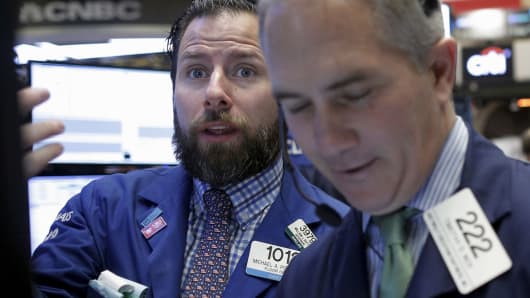Crude oil is a world in itself. Being in commodities for the last 30 years of my life, I can honestly say that I have never seen this type of price action in such a short period of time. What were life-of-contract moves, are now happening on a weekly basis. When we're taught the basics of supply and demand in determining value, we learn that fundamentals are more important than technical analysis. Had someone traded technicals the last 7 months, they would have found plenty of areas to buy the market which would have been a loser most every time.
Crude is purely a victim of oversupply, which, in itself, has serious ancillary effects for the short term. With the velocity of the move down, many oil-producing nations did not have time to prepare a financial cushion for a prolonged depression of prices. One serious consequence has been liquidation of assets by sovereign wealth funds, especially in European financials. This has triggered the "relative value" trade in equities and the spillover has been felt here in the U.S. With technology allowing for cheaper production, the Saudis and Russians pumping full throttle and a U.S. dollar that stays strong, crude could be oversupplied and in trouble for a while.







